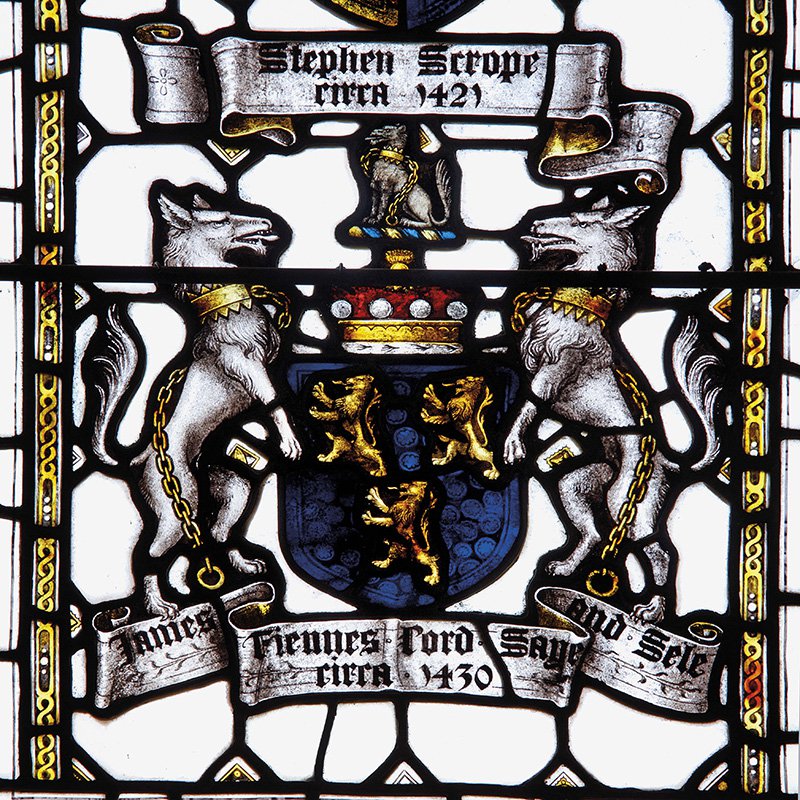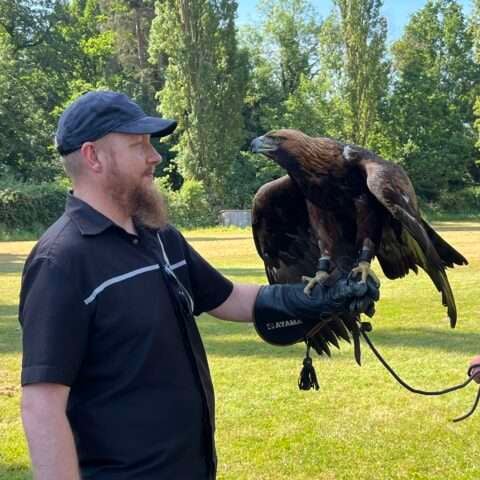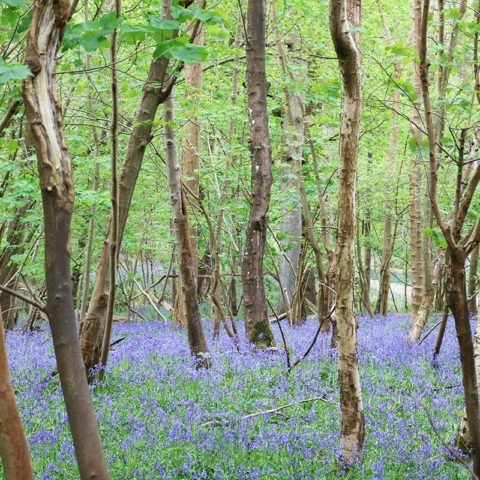
Fiennes – 15th century
Three members of the Fiennes family, distant relations of the explorer Sir Ranulph Fiennes, owned Hever Castle in the fifteenth century. Sir Roger Fiennes, Treasurer to Henry VI, purchased the Castle in 1423. He built Herstmonceux Castle in 1441 but just four years later Sir Roger died. His estates were inherited by his brother Sir James, first Baron Saye and Sele and Lord High Treasurer.
In the spring of 1450, Kentish peasants, led by Jack Cade, protested against what they saw as the weak leadership of Henry VI, unfair taxes, and injustices in the Government. Sir James was captured by Cade’s mob and beheaded along with several other favourites of the King. Their heads were placed on pikes kissing each other. Sir James’s gory end was dramatised in Shakespeare’s Henry VI.
The estates and titles of James Fiennes now passed to his son William who, as the second Lord Saye and Sele, owned Hever Castle for the next twelve years. William’s principal residence was at Herstmonceux and he had little interest in Hever. It was no more than a small source of income and the Castle was sold in 1462 to fund William’s building programme at Broughton in Oxfordshire.



